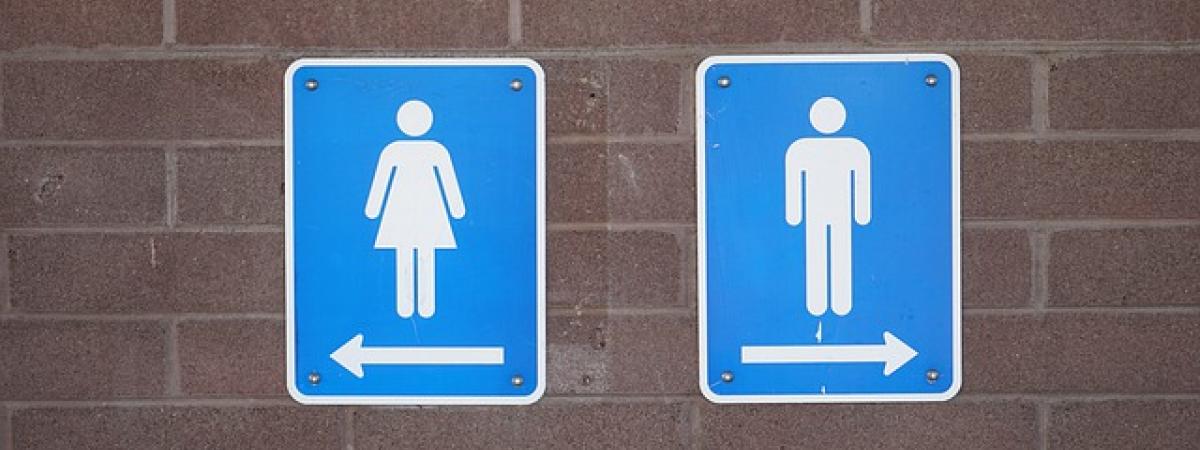Top 10 tips for living with a catheter
published in Reader's Digest,
27 March 2018

I’ve cared for catheters in the elderly and in those with multiple sclerosis and spinal cord injury; I’ve seen catheters inserted for prostate problems and for bladder surgery. Let me share what I’ve learnt.
Dealing with blockages
Blockages are a real bugbear for catheter users. Kinks in the catheter tubing and blood or debris in the urine can stop the flow. Straighten the tubing and give it a gentle squeeze to ease the passage of any particles; drink fluids to aid flushing.
Size really matters when it comes to catheters; larger (wider) catheters may actually lessen the flow since they can trigger painful bladder spasms, constricting the course of urine. Stick with the smallest possible size of catheter unless told otherwise (perhaps if you’re passing blood or have an infection).
For some, catheter washouts can work - solutions of saline or weak acid distilled as needed into the catheter.
Dealing with leaks
You might leak urine around the site of catheter insertion, and this could be because of a blockage.
Look out for leaky urine drainage bags too. Always carry a spare in case this happens. Leaks can also spring from a loose connection between the catheter and the drainage bag: check for a tight fit.
Beware bursting urine bags, leaking up to a litre of bodily fluid. It’s important to empty the bag regularly so that it doesn’t overfill.
Changing the catheter
There are no hard and fast rules about when a long-term catheter should be changed. If it’s draining well, a change every eight to twelve weeks should suffice. Change it too often and you risk causing trauma and infection; leave it too long and bacteria can build up.
A small balloon (inflated with water) holds the catheter in place. This must be deflated before the catheter is removed.
Preventing infection
Is very difficult when you have a catheter. Studies show that people with long term catheters are up to 6.5 times more likely to develop a urinary tract infection. Signs include cloudy, smelly (and maybe bloody) urine, pain around the catheter and fever.
Drinking fluids (unless you are advised not to by your doctor) can help flush bacteria through the system quickly.
The silver lining is that…using silver lined catheters just might reduce your likelihood of getting an infection, since silver can kill bacteria. More important still is good hygiene.
Being discreet
If you don’t want a visible urine collection bag, you can instead attach a valve (or ‘tap’) to the end of the catheter tubing, and simply open it when you need to pass urine. You can also choose a urine drainage bag that fits snugly against your abdomen (known as a ‘belly bag’), hidden under your clothing.
Having a catheter inserted through an incision in the abdominal wall (piercing the bladder) may make sexual intercourse easier.
Having a catheter inserted through an incision in the abdominal wall (piercing the bladder) may make sexual intercourse easier.
Being detective
When you’ve got a catheter, you become expert at what healthy urine looks like: its colour, its content (any debris or blood) and its volume. You’ll also learn some cool facts. Did you know that beetroot or blackcurrant juice can turn your urine dark red whilst medications can make your urine brown, orange, blue or green?
The alternative
If your bladder needs help emptying but you don’t want to wear an indwelling catheter, you can perform intermittent self catheterisation – as long as you have good manual dexterity. It involves inserting a catheter for just long enough to drain the bladder, and then removing it.
Going on holiday
Be sure to pack spare catheters, drainage bags and sterile equipment for changing the catheter in case it blocks. If you’re going to a hot country, remember to increase your fluid intake: dehydration can increase likelihood of blockage and infection.
‘Travelers’ constipation’ can be triggered when on holiday because of changes to diet and lifestyle. When constipated, your catheter can block or leak because of pressure on the bladder from the bowel. Gentle exercise, fluids and fibre can relieve constipation.
When to call for help
If your catheter falls out, is leaking, or showing signs of infection, then seek appropriate advice.
When no urine flows, you’re in retention and the build up of urine in the bladder can damage the kidneys, so help should be sought. As a general rule, you should be passing a volume of urine each hour that approximately matches your weight in kilograms (so a 70kg man may expect to produce 70 millilitres of urine each hour, though it varies with the amount you’ve drunk, how hot it is and with various medications).
Who to call
Some people are trained to look after their own catheters, or a family member may be the main carer. For others, district nurses are helpful. When complications occur, GPs and specialist continence nurses can be called. For specific conditions, organisations such as the Spinal Injuries Association and the MS Society UK can offer advice to members.
When it comes to catheters, I’ve learnt that experience is the best teacher. Learn from other people. Share your stories without embarrassment. To quote Philip Pullman, “stories are the most important thing in the world. Without stories, we wouldn’t be human beings at all”. What’s your catheter story?
